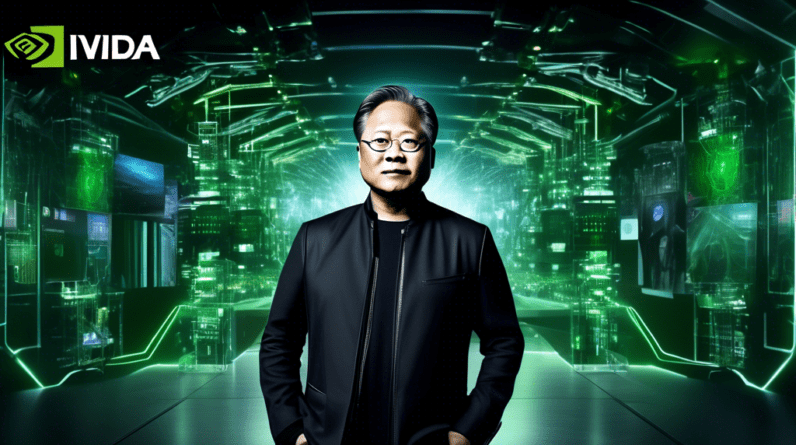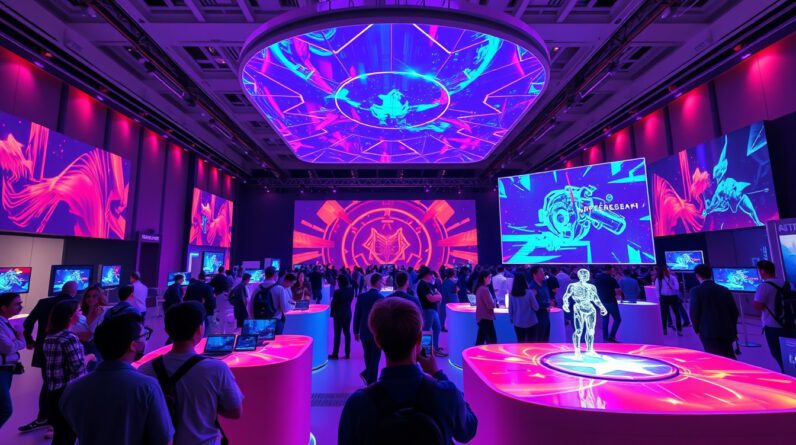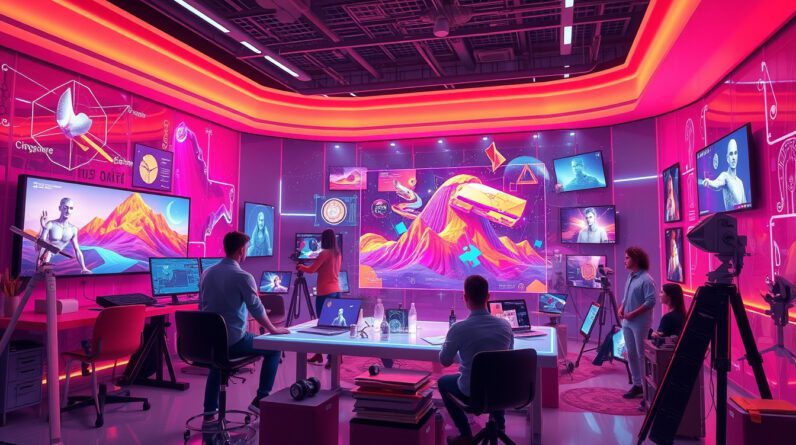
Jensen Huang’s Visionary Leadership: A Catalyst for Change
In the ever-evolving world of technology, few stories are as compelling as the transformation of Nvidia. Founded in 1993 by Jensen Huang, Chris Malachowsky, and Curtis Priem, Nvidia originally set out to revolutionize the realm of graphic processing units (GPUs). Fast-forward to today, and the company is now a colossal force in the artificial intelligence (AI) sector. Much of this historic business transformation can be attributed to the visionary leadership of its CEO, Jensen Huang.
The Early Days: A Focus on Graphics
In its nascent stages, Nvidia focused primarily on GPUs for the gaming industry. The launch of the GeForce 256 in 1999 was a significant milestone, establishing Nvidia as a leader in high-performance graphics cards. These GPUs were designed to handle complex computations essential for rendering high-quality graphics, making them indispensable for gamers and graphic designers alike. The company saw exponential growth, but Huang foresaw an even bigger horizon.
Broadening Horizons: Entering the AI Space
Jensen Huang’s foresight into the computational prowess of GPUs led him to explore their potential beyond gaming. Huang noticed that the parallel processing capabilities of GPUs could be revolutionary for artificial intelligence and deep learning tasks. While CPUs handle multiple tasks sequentially, GPUs excel at performing thousands of tasks simultaneously, making them ideal for training AI algorithms.
In 2006, Nvidia launched CUDA (Compute Unified Device Architecture), a parallel computing platform and API model. CUDA allowed developers to leverage the power of Nvidia GPUs for general-purpose processing, effectively opening the door to new applications in scientific research, data analysis, and artificial intelligence.
Strategic Partnerships and Acquisitions
Huang’s strategic approach didn’t stop at technological innovation; he also spearheaded important partnerships and acquisitions to solidify Nvidia’s position in the AI market. Collaborations with tech giants like Google, Amazon, and Tesla showcased Nvidia’s GPUs as essential tools for AI and machine learning. Through these alliances, Nvidia’s technology became central to cloud computing services, autonomous vehicles, and AI research.
Additionally, the acquisitions of pivotal companies such as Mellanox Technologies in 2019 and ARM Holdings in 2020 further bolstered Nvidia’s capabilities and market reach. Mellanox brought in advanced networking technologies, while ARM Holdings, a key player in semiconductor design, expanded Nvidia’s influence in edge computing and mobile devices.
AI Hardware and Software Ecosystems
Nvidia didn’t just stop at hardware; the company also developed a robust ecosystem of software tools designed for AI research and applications. The introduction of Nvidia’s AI-specific hardware platforms like the DGX systems, tailored for deep learning workloads, demonstrated the company’s commitment to the AI field.
Software frameworks such as TensorRT, CUDA-X AI, and the Nvidia GPU Cloud (NGC) offer comprehensive resources for developers, making it easier to implement AI applications. These contributions have been instrumental in reinforcing Nvidia’s standing as an AI powerhouse.
Looking Ahead: The Future of Nvidia
Nvidia’s journey from a graphics card company to an AI juggernaut is a testament to Jensen Huang’s visionary leadership and the company’s relentless pursuit of innovation. As AI continues to permeate various industries, from healthcare to finance and beyond, Nvidia is well-positioned to be at the forefront of this revolution.
The company’s impact on fields like autonomous vehicles, data centers, and smart cities signifies that it is not just riding the wave of AI but actively shaping its future. Huang’s strategic foresight has ensured that Nvidia remains an indispensable part of the digital transformation narrative.
Conclusion: A Historic Business Transformation
Jensen Huang’s leadership has been pivotal in transforming Nvidia from a graphics card company into a heavyweight in the AI industry. His ability to foresee trends and make strategic moves has resulted in one of the most remarkable business transformations in recent history. As Nvidia continues to innovate and expand its horizons, it stands as a beacon of what visionary leadership and relentless pursuit of innovation can achieve.




